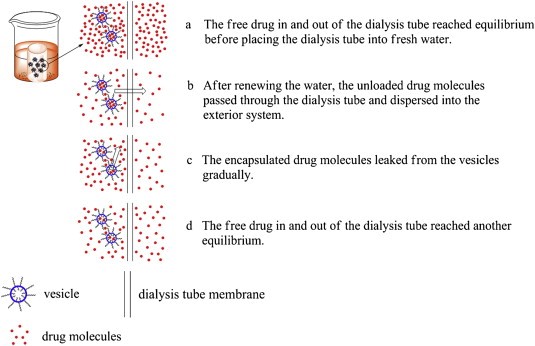Revisiting the time for removing the unloaded drug by dialysis method based on a biocompatible and biodegradable polymer vesicle
作者:Liang Sun, Jianzhong Du 时间:2012-03-13 点击数:

Abstract
Polymer vesicles have been widely explored as drug delivery carriers. However, there are still several notable problems in the determination of the drug loading content (DLC) and the drug loading efficiency (DLE) of the drug delivery vehicles. Presented in this paper is the reconsideration of various important factors in the measurement of the DLC and DLE based on an ‘instant’ biocompatible and biodegradable polymer vesicle which can be directly dissolved in water, with a focus on the study on the time for removing the free drug. Firstly, an anti-cancer drug, doxorubicin (DOX), was successfully encapsulated into a highly biocompatible and biodegradable poly(ε-caprolactone)-block-poly[2-(methacryloyloxy)ethyl phosphorylcholine] (PCL-b-PMPC) diblock copolymer vesicle. Secondly, a specific methodology for removing the unencapsulated drug by dialysis method before the drug release experiment has been established to verify the DLC and the DLE of DOX. A number of important factors have been investigated, such as the period of time for removing the free drug, the temperature and the volume of water outside the dialysis tube, etc. Finally, the DOX release experiment was carried out at pH 5.0 and pH 7.4 with the cumulative release percentages of 55% and 35% after 24 h when the DOX feeding was 1.0 mg. As PCL-b-PMPC vesicles absorb UV light, the DOX encapsulated in polymer vesicles was calculated by subtracting the UV absorbance of vesicle solution from the UV absorbance of DOX-loaded vesicle solution at different DOX feedings of 1.0, 3.0 and 5.0 mg. We also found the appropriate calibration curves at different solution conditions were of great significance for the calculation of DLC and DLE.
文章链接:Polymer 2012, 53, 2068-2073.